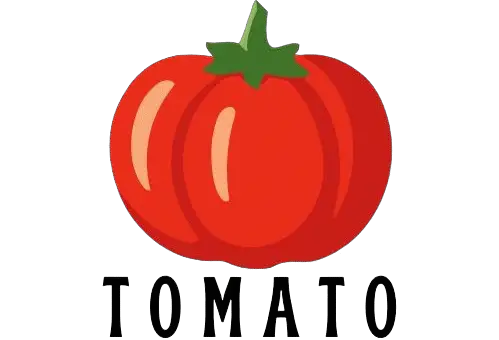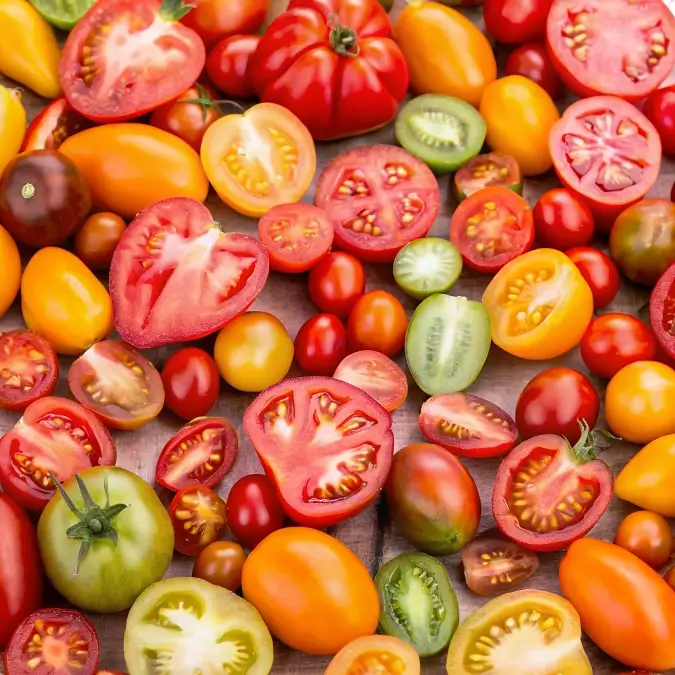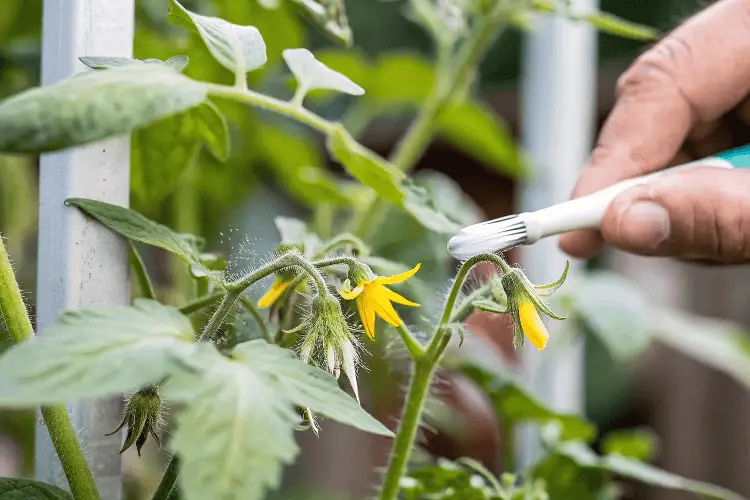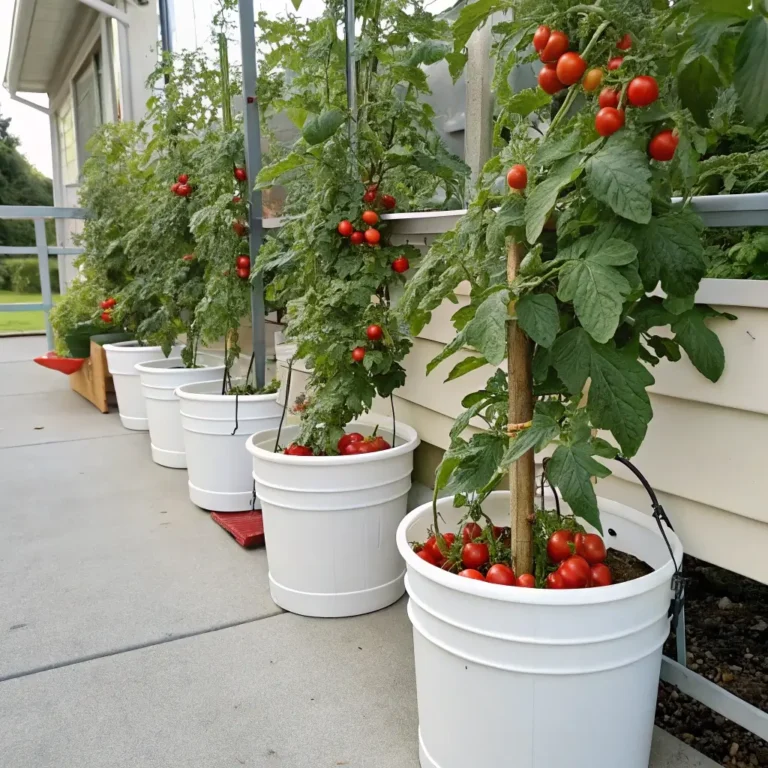4 Signs of Frost Damage in Young Tomato Plants: How to Spot Them
Table of Contents
Introduction
Did you know that a mere 30 minutes of exposure to temperatures below 32°F (0°C) can severely damage or kill your young tomato plants? While many gardeners assume their tomatoes are safe once spring arrives, unexpected late frosts catch thousands of growers off guard each year, causing millions in crop losses. Identifying frost damage in young tomato plants quickly is crucial for determining whether your plants can recover or need replacement. Understanding these 4 signs of frost damage in young tomato plants can be the difference between salvaging your garden and starting over.
Visual Indicators of Frost Damage
1. Wilted, Dark, and Water-Soaked Leaves
The most immediate and visible sign of frost damage appears on tomato leaves. After exposure to freezing temperatures, previously healthy green leaves will appear:
- Dark green or black in color
- Limp and water-soaked in texture
- Translucent when held up to light
- Drooping dramatically, even in otherwise favorable conditions
This happens because the water inside the plant cells freezes, expands, and ruptures cell walls. Once temperatures rise, these damaged cells leak their contents, creating the distinctive water-soaked appearance. Young tomato plants are especially vulnerable because their tissues haven’t yet developed the resilience of mature plants.
2. Discoloration and Death of Stem Tissue
After leaf damage, examine your tomato plant stems carefully for these revealing signs:
- Brown, black, or darkened areas on previously green stems
- Soft, mushy texture when gently squeezed
- Clear delineation between damaged and healthy tissue
- Splitting or cracking in severe cases
Stem damage is particularly concerning because stems are the plant’s lifelines. If frost damage circles the entire stem (girdling), nutrients can’t travel between roots and leaves, often resulting in plant death. However, if the damage affects less than 50% of the stem circumference, recovery might be possible with proper care.
3. Stunted or Deformed New Growth
Even if your young tomato plants survive the initial frost damage, subsequent growth often reveals lingering effects:
- Asymmetrical or twisted new leaves
- Significantly smaller leaf size compared to pre-frost growth
- Unusual clustering of leaves or “witch’s broom” appearance
- Delayed or absent flowering despite appropriate growing conditions
This stunted growth occurs because the plant’s growing points (meristems) are particularly susceptible to frost damage. Located at the tip of stems and in leaf axils, these cell clusters are responsible for new growth. Frost-damaged meristems often produce abnormal hormonal signals, resulting in distorted development patterns that persist long after the frost event.
4. Root System Compromise
While less immediately visible, root damage is perhaps the most serious consequence of frost in young tomato plants:
- Browning of previously white root tips
- Slimy texture and foul odor indicating bacterial infection
- Reduced vigor despite adequate water and nutrients
- Progressive wilting that doesn’t recover with watering
Root damage occurs when soil temperatures drop below 40°F (4.4°C) for extended periods. Though the soil insulates roots somewhat, prolonged cold can still damage delicate root tissues, particularly in containers or raised beds where soil temperatures fluctuate more rapidly than in-ground plantings.
Recovery Strategies for Frost-Damaged Tomatoes
Immediate Actions After Frost
If you suspect frost damage, take these steps immediately:
- Wait 2-3 days before making removal decisions (some plants may recover)
- Water lightly at soil level (avoid wetting damaged foliage)
- Temporarily shade plants from intense sun during recovery
- Do NOT fertilize immediately (this can stress already compromised plants)
Long-Term Recovery Options
For plants showing signs of recovery:
- Prune away clearly dead tissue using sterilized tools
- Apply a light dose of seaweed extract to encourage new growth
- Protect with row covers or cloches if additional frosts threaten
- Monitor closely for secondary infections taking hold in damaged tissue
Prevention is Better Than Recovery
Protective Measures for Young Tomato Plants
To avoid frost damage entirely:
- Wait until soil temperatures consistently reach 60°F (15.5°C) before planting
- Harden off seedlings gradually over 7-10 days before transplanting
- Use wall-o-water, cloches, or row covers on nights when temperatures dip
- Apply organic mulch to moderate soil temperature fluctuations
Conclusion
Learning to identify these 4 signs of frost damage in young tomato plants empowers you to make quick, informed decisions about plant recovery or replacement. While frost damage can be disappointing, it’s also an opportunity to improve your garden planning and protection strategies. Remember that even experienced gardeners occasionally misjudge spring weather patterns—gardening success comes not from avoiding all mistakes, but from responding effectively when challenges arise.
FAQs
Can tomato plants recover from frost damage?
Yes, tomato plants can recover from mild to moderate frost damage. The recovery potential depends on the plant’s age, the severity of the damage, and how quickly you implement recovery strategies. If more than 50% of the plant shows severe damage, replacement is often more practical than rehabilitation.
How cold is too cold for tomato plants?
Tomatoes begin experiencing stress at temperatures below 50°F (10°C). Growth essentially stops at 40°F (4.4°C), and tissue damage occurs at or below 32°F (0°C). Even brief exposure to 28°F (-2.2°C) typically causes severe damage or death to young plants.
What’s the difference between frost damage and disease symptoms?
Frost damage typically appears suddenly after a cold night and affects all similar plants uniformly. Diseases usually progress gradually and may affect plants differently based on variety or location. Frost damage also shows clear patterns related to exposure (north-facing or exposed parts show more damage).
Should I prune frost-damaged tomato plants immediately?
No. Wait 2-3 days after the frost event before pruning. This allows clearly defined boundaries to develop between dead and living tissue, preventing unnecessary removal of potentially viable plant parts that might initially appear damaged but could recover.
When is it better to replace rather than try to save frost-damaged tomato plants?
Consider replacement if: the main stem is completely damaged, more than 70% of foliage is affected, or it’s early enough in the season that new plants would mature before your first fall frost date. Sometimes starting fresh is more efficient than nursing severely damaged plants that may never reach their full productive potential.







